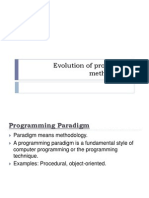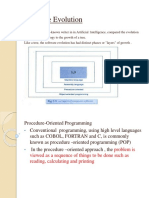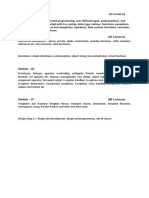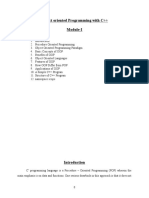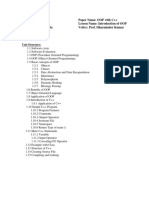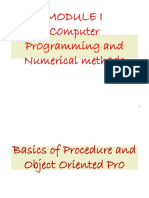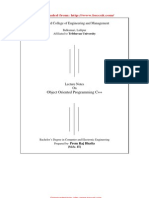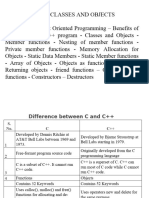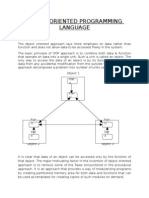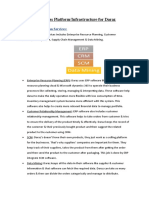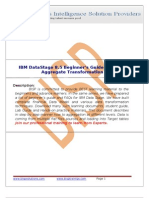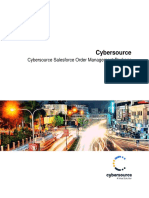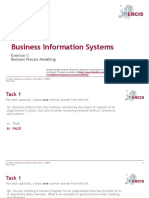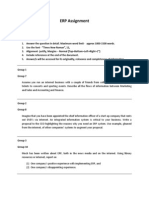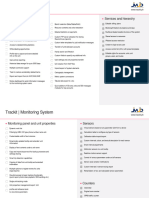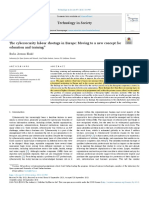0% found this document useful (0 votes)
20 views21 pagesWeek 01
The document discusses the evolution of programming paradigms, highlighting the limitations of procedure-oriented programming and the advantages of object-oriented programming (OOP). It explains key concepts of OOP such as objects, classes, encapsulation, inheritance, and polymorphism, emphasizing the importance of data management and reusability. The transition from a procedure-oriented to an object-oriented approach aims to better model real-world problems and improve software quality and productivity.
Uploaded by
kafiamunawar509Copyright
© © All Rights Reserved
We take content rights seriously. If you suspect this is your content, claim it here.
Available Formats
Download as PDF, TXT or read online on Scribd
0% found this document useful (0 votes)
20 views21 pagesWeek 01
The document discusses the evolution of programming paradigms, highlighting the limitations of procedure-oriented programming and the advantages of object-oriented programming (OOP). It explains key concepts of OOP such as objects, classes, encapsulation, inheritance, and polymorphism, emphasizing the importance of data management and reusability. The transition from a procedure-oriented to an object-oriented approach aims to better model real-world problems and improve software quality and productivity.
Uploaded by
kafiamunawar509Copyright
© © All Rights Reserved
We take content rights seriously. If you suspect this is your content, claim it here.
Available Formats
Download as PDF, TXT or read online on Scribd
/ 21








